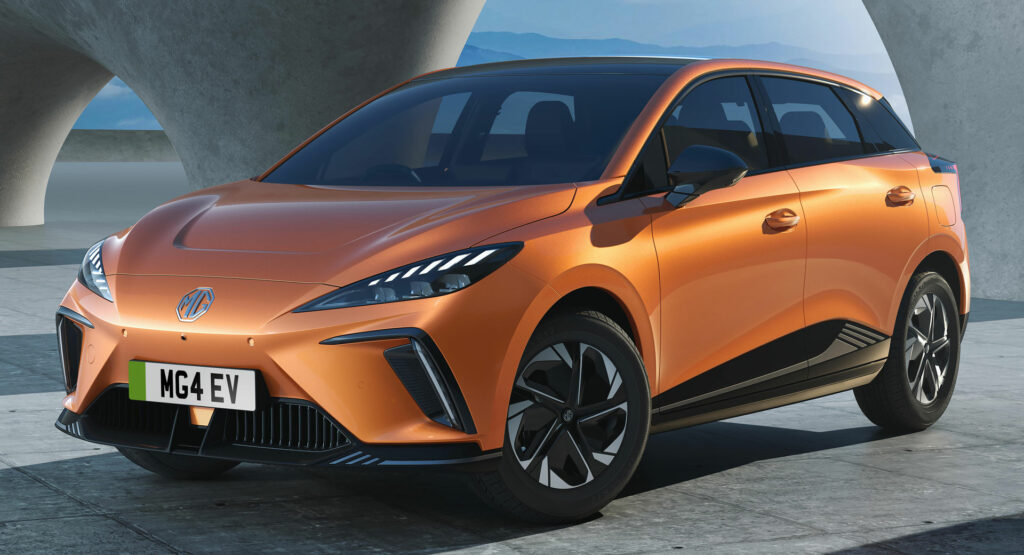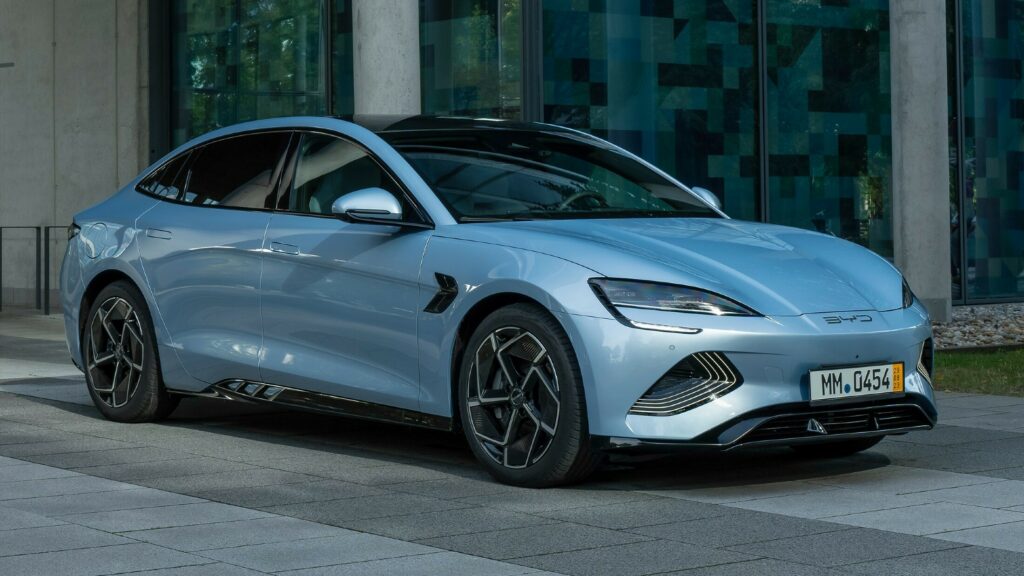- The European Commission has published the detail report it used to determine the tariffs now applied to Chinese EVs in Europe from today.
- A breakdown of aid available from the Chinese state reveals that automakers benefit from grants, cheap loans, sales incentives and subsidised batteries.
- BYD was judged to receive less help than SAIC and faces a 17.4 percent tariff rather than 37.6 percent.
The EU’s new tariffs on Chinese EVs arriving on the continent came into force on Friday, July 5. We already knew that different automakers were being hit with different tariff levels, but now we know why, because the full European Commission’s report reveals for the first time exactly what kind of help China gives its car industry. And it’s on a bigger scale than you imagined.
Loans from state-owned banks, other kinds of financing, grants, sales incentives, cut-price land for factories and heavily subsidized batteries all feature on the Commission’s report detailing help provided by the Chinese government.
Related: EU To Apply Up To 38% Tariffs On Chinese Cars, Tesla Gets Special Treatment
The Commission broke down the amount of help each automaker received to determine what level of tariff it would apply. And MG’s owner SAIC was judged to receive more assistance than some other companies, the EU determining that its subsidies amounted to 34.4. percent, Reuters reports.
That figure included 1.38 percent for loans from state-owned banks, 8.27 percent from other financing, 8.56 percent in grants, 2.28 percents in EV sales incentives, 0.67 percent for discounted real estate and 13.24 percent accounted for by batteries worth far more than SAIC paid for them.
And that’s on top of the lower production costs that come from building a car in China in the first place, rather than Europe, where labor rates are higher. No wonder MG could afford to sell the electric 4 for almost $13,000 less than VW charges for an ID.3.

SAIC was also judged to have been less the cooperative with the investigation, which is another reason why it was slapped with the maximum 37.6 percent duty on top of the 10 percent tariff already in place.
BYD and Geely were assessed to receive less government help and both were transparent with the Commission team, which is why they only face 17.4 and 19.9 percent tariffs. But the reports authors noted that while BYD, unlike SAIC, builds its own batteries, it does so using materials like lithium that are subsidised by the government.
Despite holding talks with the EU over the past couple of weeks, China’s auto industry was unable to persuade the regulators to abandon their tariff plans. But the new duty system is only provisional for the first four months and both sides will continue to communicate in the weeks ahead. China has already warned Europe that it will retaliate with import tariffs of its own if the situation can’t be resolved amicably.





